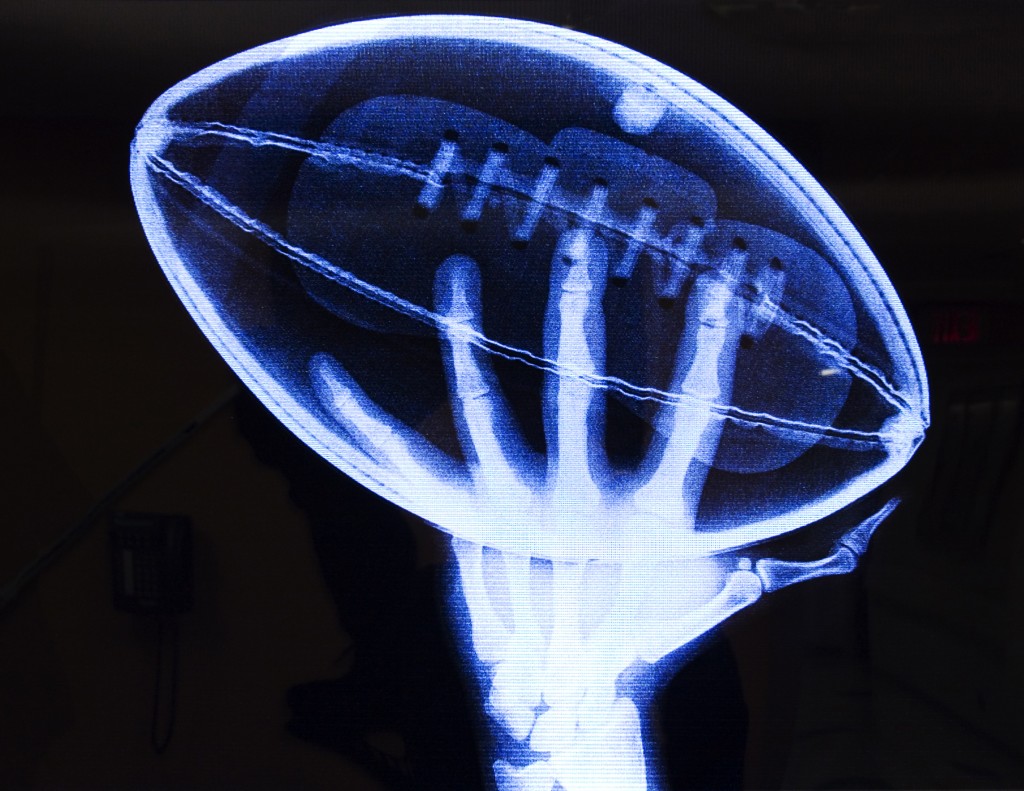I have seen all kinds of sports injuries on the sideline and in the clinic, everything from a bruised finger to a very badly broken femur. Some of them, like that femur, belonged in the ER. Others, like the bruised finger, weren’t so serious. But how do you know when your child’s orthopedic injury warrants a trip to a pediatric hospital and when an ice pack will do the trick? Here are some general guidelines.
When Should I Take My Child to the Pediatric ER?
Go to the Pediatric ER if:
- You see an “obvious deformity” If your eye sees it’s bad, it’s probably bad enough to have a medical professional evaluate it immediately. If you can see a broken bone or an open wound near what may be a broken bone, bring the child to the emergency room.
- Over-the-counter pain medicines don’t help If over-the-counter pain medicines like acetaminophen or ibuprofen can’t manage the child’s pain, seek emergency care.
- Your child cannot bear weight on a lower extremity A little limp is okay, but if your child’s pain is so bad she can’t walk, an emergency room visit is in order.
If you need to go to the ER, I strongly advise going straight to a pediatric emergency room where pediatric orthopedists can evaluate the injury. We say it all the time, but kids really are not little adults. They are still growing; their bones are still forming. Their breaks will require specialized care, and if the injury is as bad as you think, they’ll wind up transferred to a pediatric center anyway. Washington University pediatric orthopedic surgeons are on call in the emergency units of St. Louis Children’s Hospital, Missouri Baptist Medical Center, and Progress West Hospital. They can handle procedures on the spot and set you up for follow-up care quickly, to ensure your child is back on the field as soon as possible.
Visit an Outpatient Orthopedic Clinic
Another option is an outpatient orthopedic clinic. Unless you’ve visited us at the Young Athlete Center before, you might not know we exist, but it’s a great alternative when you know something isn’t right, but it also doesn’t seem like an emergency.
Go to an outpatient orthopedic clinic if:
- The pain is bearable, but persistent I have known many young athletes so dedicated to their team and their sport that they have played through sprains and breaks. If your child is managing, but still in pain, call us.
- You just don’t know So many of our calls come from parents who have been down the sports injury road before. They see a bruised ankle, don’t think it’s more than a sprain, but don’t want to risk it. Call us. We can talk through the injury and decide if we need to see the child in the clinic that day, if it can wait until tomorrow, or if it really is an emergency.
If you have any question, I always recommend calling the Young Athlete Center or your pediatrician. But remember, kids are tough. And a little tough love after an injury may be just what the doctor orders. If your child can still bear weight on an injured leg or the pain in an upper extremity is bearable, offer an ice pack and some ibuprofen and see how things look tomorrow.
Head injuries are a ballgame unto themselves. Also, here are the latest recommendations on concussions.
Disclaimer: This post was updated on 5/9/2018 to reflect current pediatric recommendations.






This is a great guide to injuries in children. Going through several of these cases when I was younger, I was lucky my mother was a nurse. I never believed her when I was little as to why I didn’t need to go to the hospital. Then it was the opposite when I was older. I refused to go sometimes and that lead to the injury becoming worse.